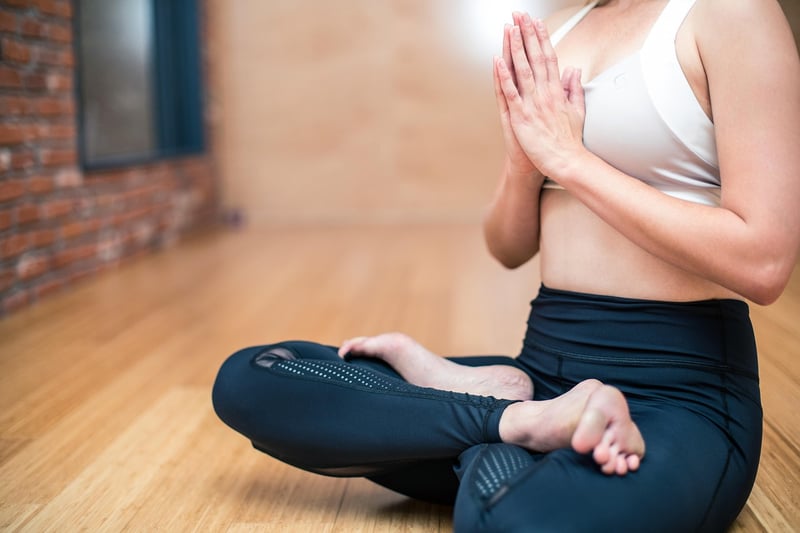Flexibility Exercises
#Exercise
#Health
#Wellness
Optimize Your Physical Health with Flexibility Exercises

Physical health is crucial for overall well-being. One aspect of physical health that is often overlooked is flexibility. Flexibility exercises not only enhance your range of motion but also contribute to better posture, reduced risk of injury, and improved athletic performance.
Benefits of Flexibility Exercises:
- Improved range of motion
- Enhanced muscle coordination
- Reduced muscle tension and soreness
- Improved posture and balance
- Enhanced performance in physical activities
Types of Flexibility Exercises:
There are various types of flexibility exercises that you can incorporate into your fitness routine:
- Static Stretching: Hold a stretch for a specific muscle or muscle group for 15-30 seconds.
- Dynamic Stretching: Perform controlled movements through a full range of motion.
- Yoga: Practice yoga poses that focus on flexibility and strength.
- Pilates: Engage in exercises that improve flexibility, strength, and endurance.
Tips for Effective Flexibility Training:
- Warm up before stretching to increase blood flow to the muscles.
- Breathe deeply and relax into each stretch.
- Aim to stretch major muscle groups at least 2-3 times a week.
- Listen to your body and avoid overstretching to prevent injuries.
- Combine flexibility exercises with cardiovascular and strength training for a well-rounded fitness routine.
Remember, flexibility is a key component of physical fitness that should not be neglected. By incorporating flexibility exercises into your regular workout routine, you can enhance your overall health and well-being.
Stay active, stay flexible, and enjoy the benefits of a healthy, balanced body!
